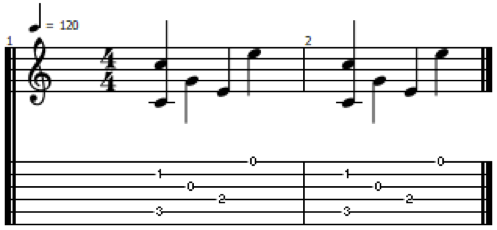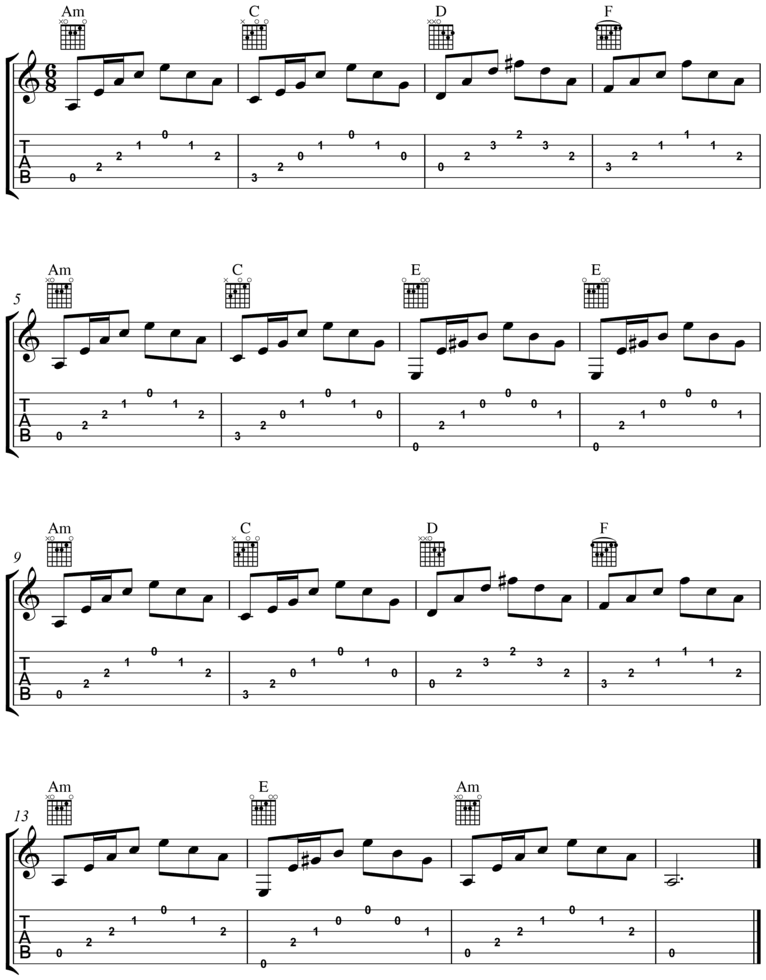


Be patient, as you will definitely encounter some challenging moves, particularly as some of the fingers will need to skip over more than one string when they swap. Work through the following variations, swapping the first and third fingers, the first and fourth, etc. As these two fingers swap, the other two remain in place holding the strings down. As indicated in the tab, keep your fingers on the same frets, but switch strings (i.e., the first will move up to the fourth string, and the second will move down to the fifth). Two fingers will then trade places, starting with the first and second fingers. Start in fifth position with the fingers spread out across the fifth to second strings, one finger per fret. Example 1 illustrates a finger-exchange exercise. Start the first week by focusing on your fretting hand. A little investment in these will pay off the next time you learn a more challenging piece. Start by playing these examples slowly and assuredly, and consider adding them to your daily warmup routine when you first pick up the guitar. long notes, sustained chords, and more.Īll of these exercises can be played fingerstyle or with hybrid picking (flatpick and fingers). In this Weekly Workout, we’re going to take a deep dive into building independence among the fingers of both hands, with the intention of having control not only over finger movement and hand coordination, but also musical articulations such as short vs. When you consider the amount of work involved in fingering a simple chord, playing a scale, or synchronizing both hands to articulate a fingerstyle piece, it’s apparent how much control and independence you need to develop and facilitate in both hands for them to work together to create music.

From the September/October 2021 issue of Acoustic Guitar | By Sean McGowanĪs guitarists, we sometimes experience frustration when we can’t play a certain musical passage or song due to limitations in our technical ability-and for good reason.


 0 kommentar(er)
0 kommentar(er)
